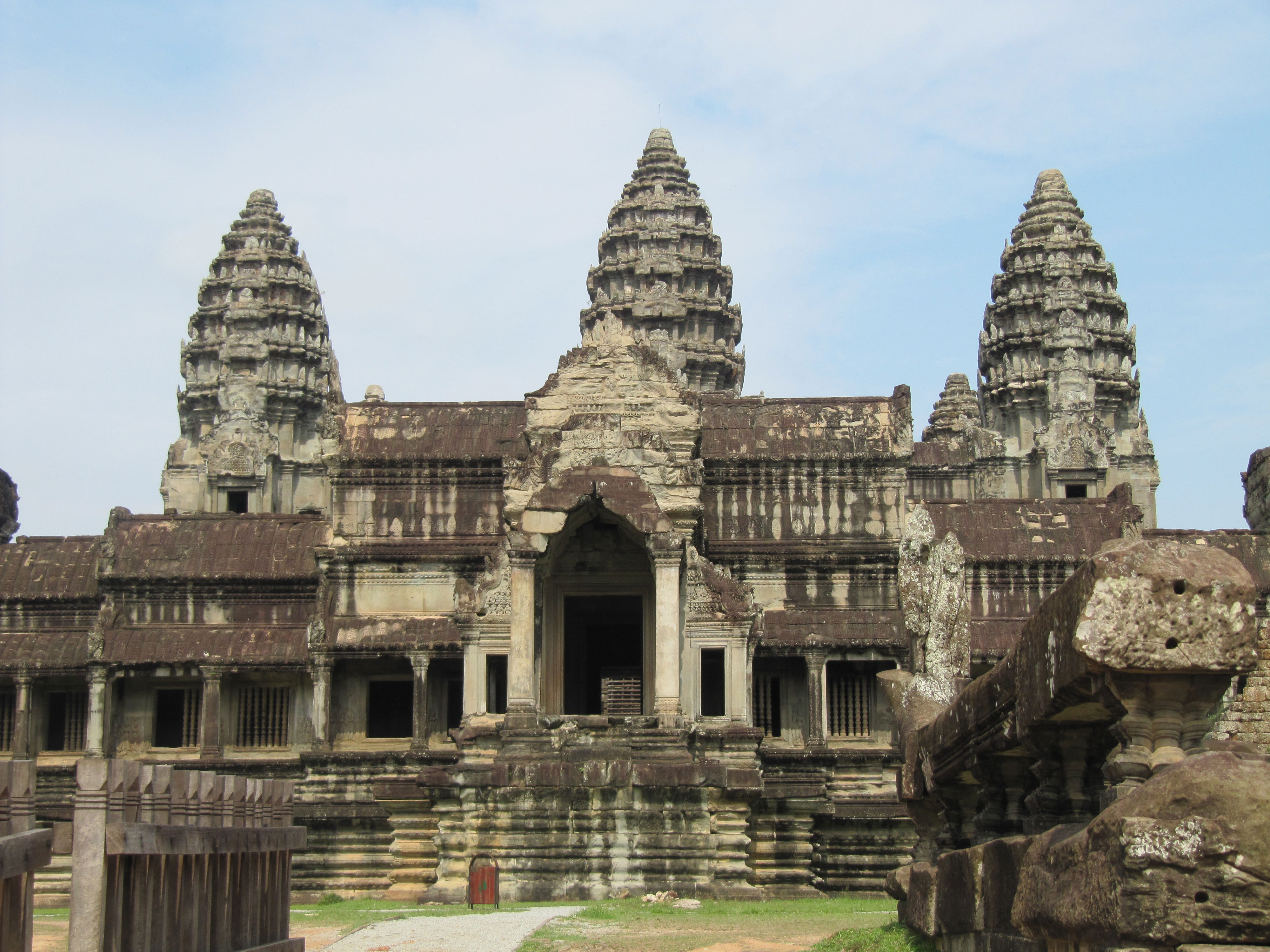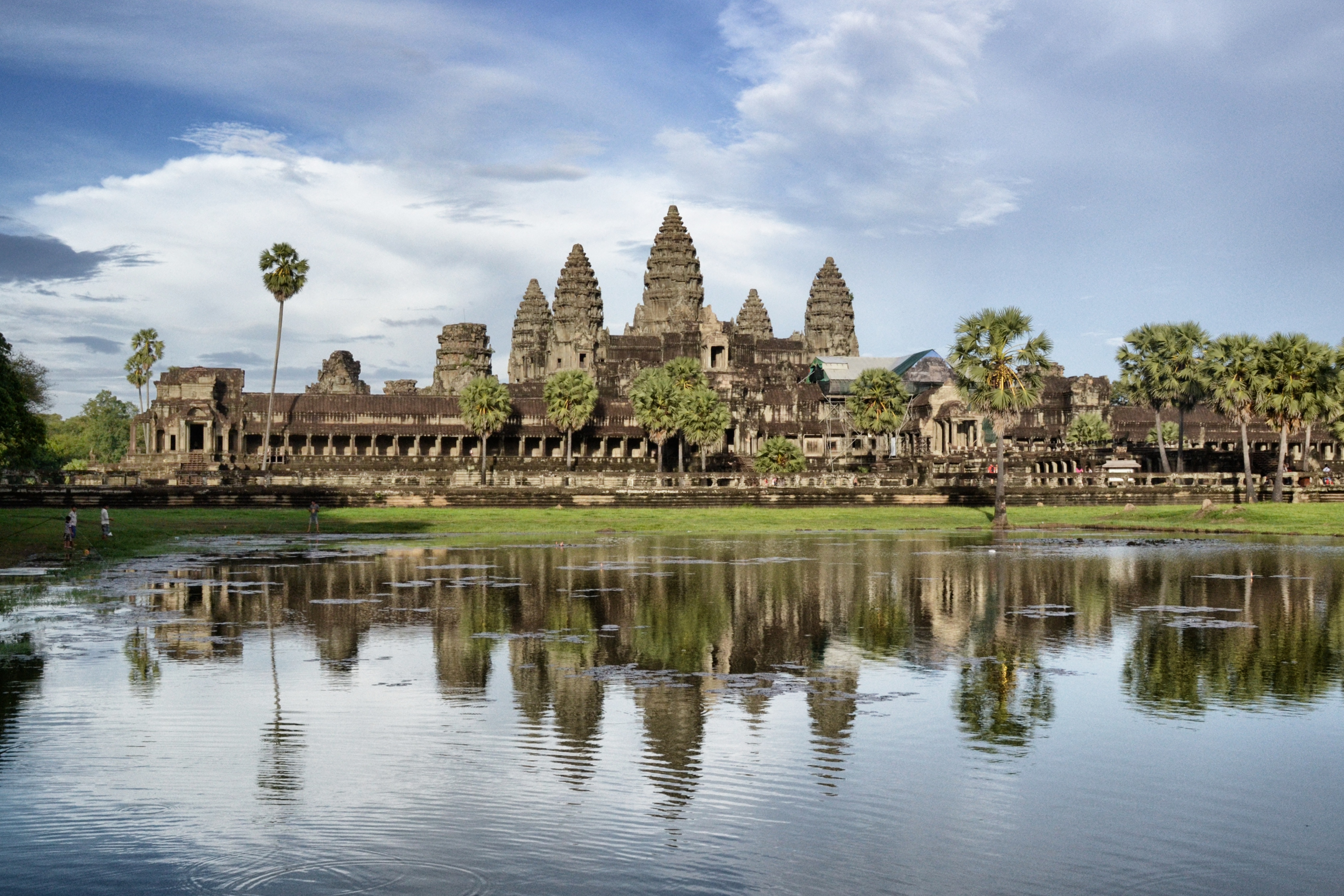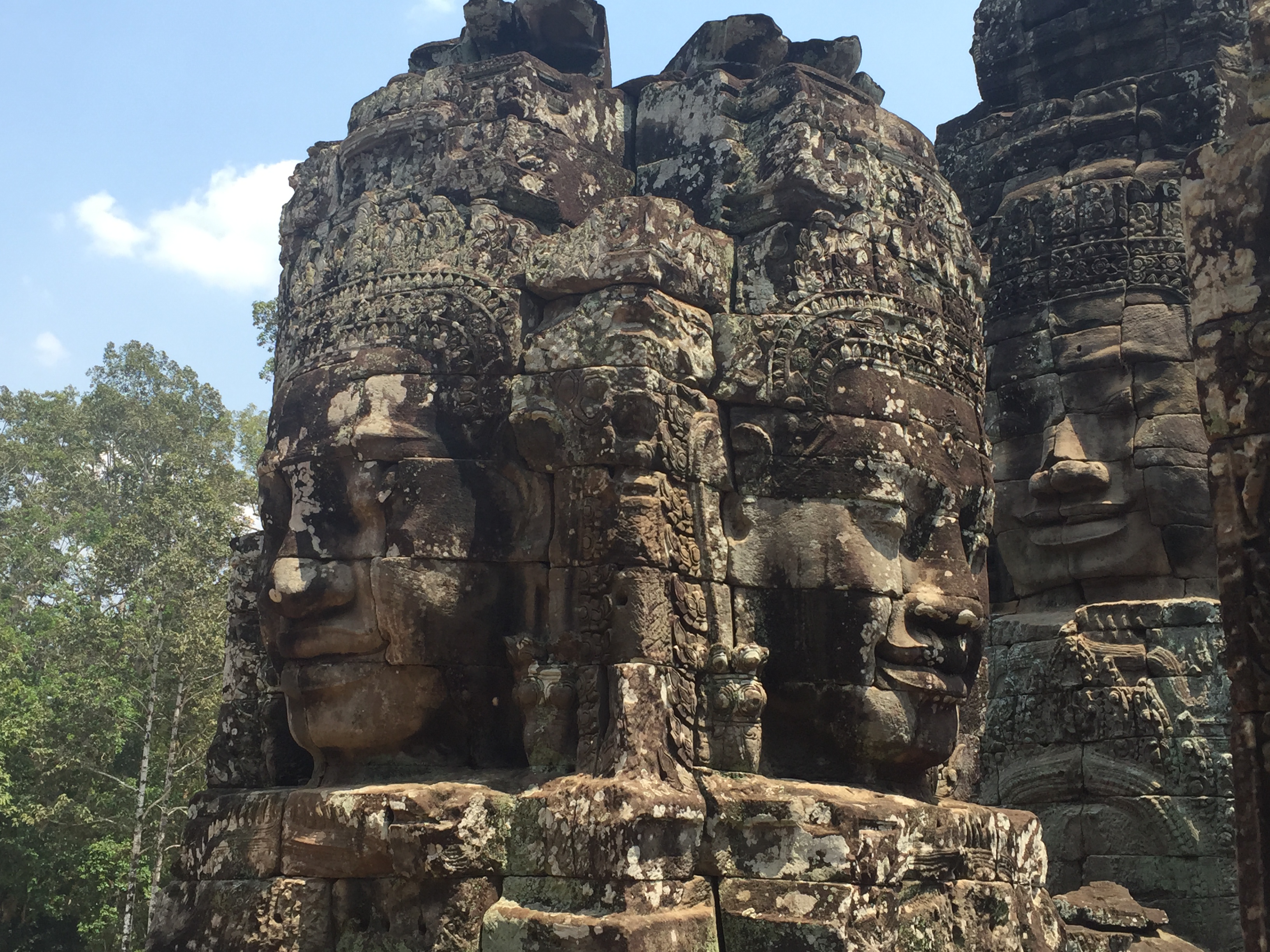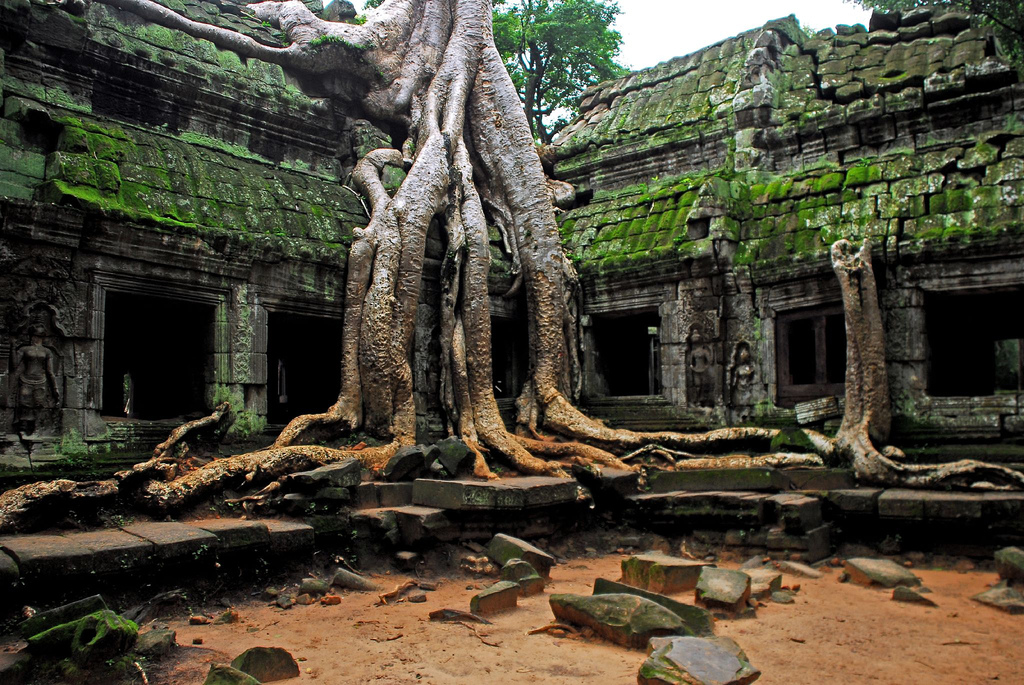TOP 20 MOST FAMOUS HISTORICAL REMNANTS IN INDOCHINA
1. Angkor Archaeological Park, Siem Reap, Cambodia
2. Central Sector of the Imperial Citadel of Thang Long – Hanoi, Hanoi, Vietnam
3. Citadel of the Ho Dynasty, Thanh Hoa province, Vietnam
4. Complex of Hue Monuments, Thua Thien – Hue province, Vietnam
5. Con Dao prison, Ba Ria Vung Tau province, Vietnam
6. Cu Chi tunnel, Ho Chi Minh City, Vietnam
7. Dien Bien Phu Battlefield of relic Complex, Dien Bien province, Vietnam
8. Independence Palace, Ho Chi Minh City, Vietnam
9. Pha That Luang, Vientiane, Laos
10. Plain of Jars, Xieng Khoang, Laos
11. Royal Palace, Phnom Penh, Cambodia
12. Temple of Preah Vihear, Preah Vihear province, Cambodia
13. The Killing Fields of Choeung Ek, Phnom Penh, Cambodia
14. The Patuxai Victory Monument, Vientiane, Laos
15. The Temple of Literature, Hanoi, Vietnam
16. Town of Luang Prabang, Luang Prabang, Laos
17. Town of Oudong, Kampong Speu Province, Cambodia
18. Tuol Sleng Genocide Museum, Phnom Penh, Cambodia
19. Wat Sisaket, Vientaine, Laos
20. Wat Xieng Thong, Luang Prabang, Laos
Angkor is one of the most important archaeological sites in South-East Asia. Stretching over some 400 km2, including forested area, Angkor Archaeological Park contains the magnificent remains of the different capitals of the Khmer Empire, from the 9th to the 15th century. They include the famous Temple of Angkor Wat and, at Angkor Thom, the Bayon Temple with its countless sculptural decorations.

Angkor Archaeological Park was declared a UNESCO World Heritage site in 1992. At the same time, it was also placed on the List of World Heritage in Danger due to looting, a declining water table, and unsustainable tourism. UNESCO has now set up a wide-ranging program to safeguard this symbolic site and its surroundings.

The temples ruins contained within the Park represent the remnants of the millennium-old capitals of the old Khmer Empire. The Khmer people were and are the dominant ethnic group in Cambodia. The name ‘Angkor’ refers both to the Angkorian-era Khmer Empire that stretched across much of mainland Southeast Asia between the 9th and 15th centuries A.D., and also refers to the capital city of the empire that was centered north of Siem Reap Cambodia.

Most of the temples within the Park were constructed between the 9th and 12th century A.D. and represent the pinnacle of ancient Khmer architecture, art and civilization. At its height, the Age of Angkor was a time wealth and power for the Khmer Empire. The capital city at Angkor was populated by more than a million people, Khmer kings constructed vast waterworks and grand temples and the Empire's military, economic and cultural dominance held sway over the area of modern Cambodia, as well as much of Thailand, southern Vietnam and Laos.

The temples of Angkor are highly symbolic structures. The foremost Hindu concept is the temple-mountain, where the temple is built as a representation of the mythical Mount Meru: this is why so many temples, including Angkor Wat itself, are surrounded by moats, built in a mountain-like pyramidal shape and topped by precisely five towers, representing the five peaks of Mount Meru. The linga, representing the god Shiva, was also critical and while the lingas themselves have largely gone, linga stands (carved, table-like blocks of stone) can be found in many if not most rooms in the temples. There was also a political element to it all: most kings wanted to build their own state temples to symbolize their kingdom and their rule.











